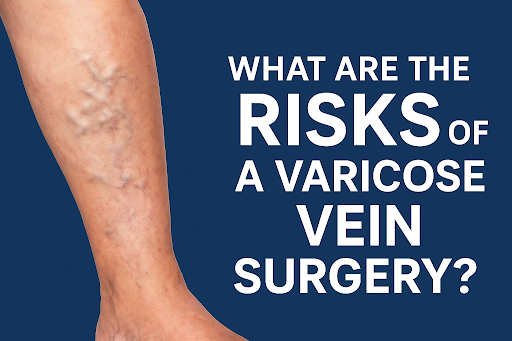Beyond the Bulges: Navigating Through Chronic Venous Insufficiency
Chronic Venous Insufficiency (CVI) is a condition that is as prevalent as it is misunderstood. Marked by the inability of the veins to adequately circulate blood back to the heart, CVI encompasses more than just the visible signs of varicose veins; it’s a condition that affects millions globally, necessitating a deeper understanding and early detection for effective management. This article looks into the essential aspects of CVI, from its underpinnings to treatment avenues, aiming to enlighten and guide those affected or at risk.
Chronic Venous Insufficiency
CVI stems from a malfunction within the venous system, particularly in the legs, where valves fail to prevent the backflow of blood, leading to its accumulation. This condition distinguishes itself from other venous disorders through its chronic nature and the progression of symptoms.
Understanding the venous system’s crucial role in returning deoxygenated blood to the heart lays the foundation for grasping the challenges posed by CVI. The venous system relies on an intricate network of valves; when these valves are compromised, the efficiency of blood return is hindered, setting the stage for CVI.
Unraveling the Causes and Risk Factors
The origins of CVI are varied, encompassing genetic factors, lifestyle choices, and specific health conditions. Age and gender play significant roles, with older adults and women, especially those who have been pregnant, facing higher risks.
The condition is also closely linked to obesity, sedentary lifestyle, and a history of deep vein thrombosis (DVT), which can damage the venous valves. These risk factors underscore the importance of a holistic approach to prevention, highlighting the need for awareness and early intervention.
Recognizing the Signs and Symptoms
Early intervention hinges on recognizing CVI’s signs and symptoms, which range from visible changes like varicose veins and swollen ankles to more subtle symptoms such as leg heaviness, pain, and fatigue. As the condition progresses, symptoms can escalate to skin changes, itching, and the development of ulcers, signaling more severe venous damage. Awareness of these symptoms, particularly in the early stages, can lead to timely diagnosis and treatment, averting more serious complications.

Diagnosis
Diagnosing CVI involves a combination of medical history, physical examination, and specialized imaging tests such as Ultrasound and Venogram. These diagnostic steps are crucial for not only confirming the presence of CVI but also for mapping the extent of venous damage and differentiating CVI from conditions with similar presentations. A thorough diagnostic process ensures a targeted and effective treatment plan, tailored to the individual’s specific condition.
Exploring Treatments
Treating CVI focuses on symptom relief and halting the progression of venous damage. Conservative treatments include lifestyle modifications, compression therapy, and medications designed to improve venous circulation.
For those with more advanced CVI, procedural options such as sclerotherapy, endovenous thermal ablation, and surgical interventions offer hope for reducing symptoms and improving vascular health. The advent of new treatments and technologies continues to broaden the horizon for effective CVI management.
Living with Chronic Venous Insufficiency
Adopting a proactive approach to managing CVI can significantly enhance daily living and slow the condition’s progression. Key lifestyle adjustments, such as maintaining a healthy weight, engaging in regular physical activity, and elevating the legs when possible, play vital roles in symptom management. Importantly, people are encouraged to seek medical advice promptly and adhere to their prescribed treatment regimens, ensuring the best possible outcomes.
Conclusion
Chronic Venous Insufficiency, while challenging, is a condition that can be managed effectively with the right approach and resources. By fostering a deeper understanding of CVI, people can take proactive steps toward mitigating its impact.
The journey with CVI is unique for everyone, but with continued advancements in treatment and a supportive healthcare team, people can navigate this condition with confidence and optimism. If you or someone you know is experiencing signs of CVI, reaching out to a healthcare provider is the first step toward a healthier future.








